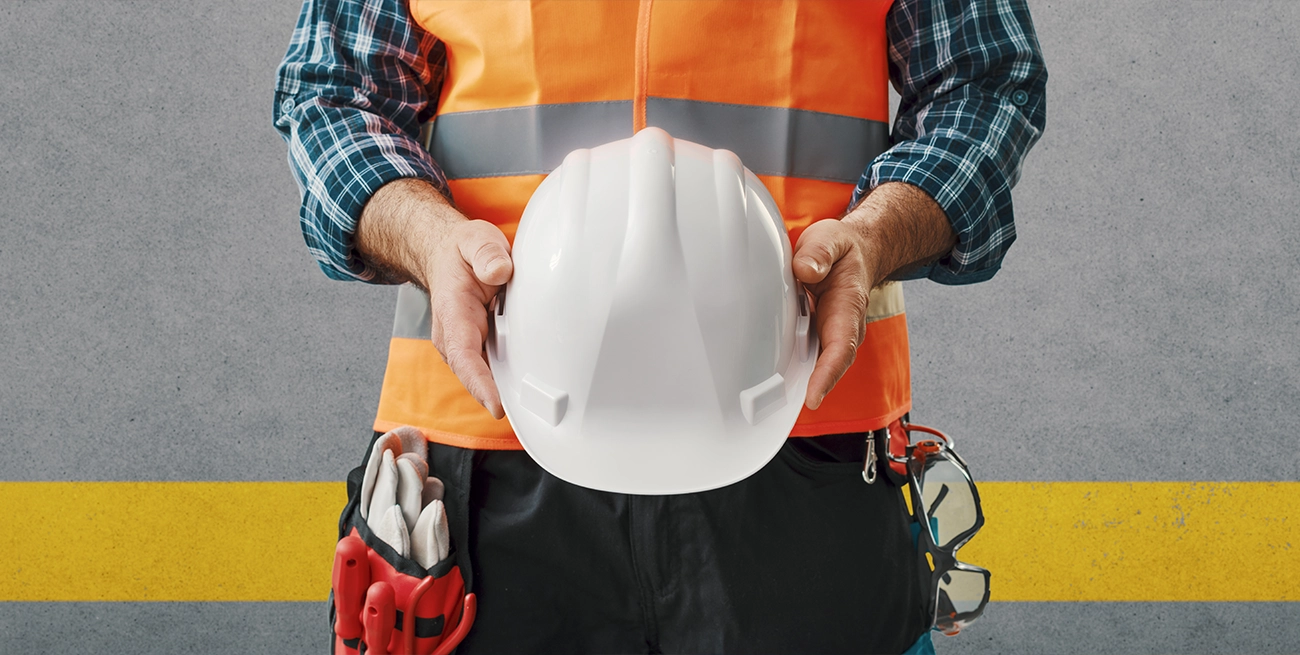Understanding ANSI Standards for Safety Helmets: What You Need to Know

Walking onto a job site without the right head protection is like stepping onto a battlefield without a helmet. Safety helmets are more than just a piece of plastic strapped to your head—they're a frontline defense against life-changing injuries. But not all helmets are created equal. The American National Standards Institute (ANSI) sets the rules for what makes a helmet actually protective, and if you're buying industrial supplies, knowing these standards isn't optional. It's necessary.
Breaking Down ANSI Z89.1
ANSI Z89.1 is the rulebook for safety helmets in the United States. It spells out what a helmet needs to do to be considered safe. There are two main categories: Type I and Type II.
Type I helmets are built to take a hit on the top of the head. If something drops from above—like a wrench from scaffolding—this is the kind of protection you need.
Type II helmets cover impacts from all angles—top, front, back, and sides. These are essential in places where falling objects aren't the only danger. If there's a risk of running into low beams, moving equipment, or other side-impact hazards, Type II is the way to go.
Electrical Ratings: More Than Just Hard Plastic
Helmets also have different levels of electrical protection, divided into three classes:
Class G (General) helmets can handle up to 2,200 volts. They're good for standard construction sites where electrical exposure is minimal.
Class E (Electrical) helmets step it up, protecting against up to 20,000 volts. If high-voltage is part of the job, these are non-negotiable.
Class C (Conductive) helmets, on the other hand, have zero electrical protection. They often have venting for airflow, making them a cooler option, but they should never be worn around live electricity.
Getting the Right Fit
A helmet is useless if it doesn’t fit properly. It should sit level, snug but not tight, and the suspension system inside should provide enough cushion to absorb shock. Adjustable ratchet systems make a difference in keeping the helmet secure during movement. Chin straps are another overlooked feature that can prevent helmets from flying off in the middle of a fall.
Compliance Matters
Helmets degrade over time. Exposure to sunlight, chemicals, and heavy use weakens the material. ANSI recommends replacing them every five years, even if they look fine. If a helmet takes a significant hit, it should be swapped out immediately—just like a bike helmet after a crash.
Employers are responsible for ensuring workers have proper head protection. OSHA follows ANSI’s guidelines, meaning non-compliance can lead to hefty fines and, more importantly, unnecessary injuries.
The Bottom Line
Buying safety helmets isn't about picking the cheapest option that meets the bare minimum. It’s about understanding what protection is needed for the job and making sure every worker has the right gear. When you know what to look for, you’re not just buying helmets—you’re investing in safety, compliance, and peace of mind.


